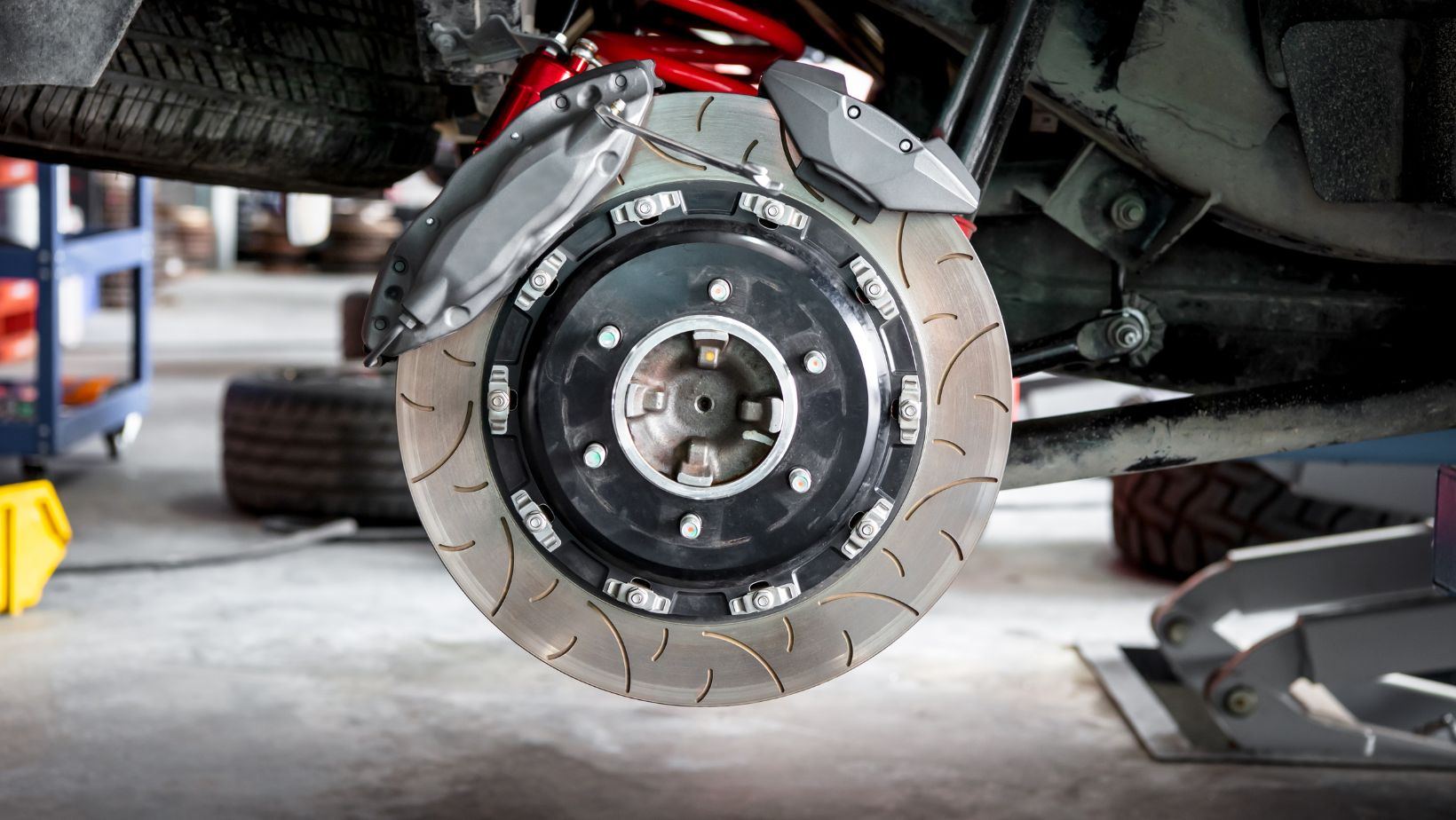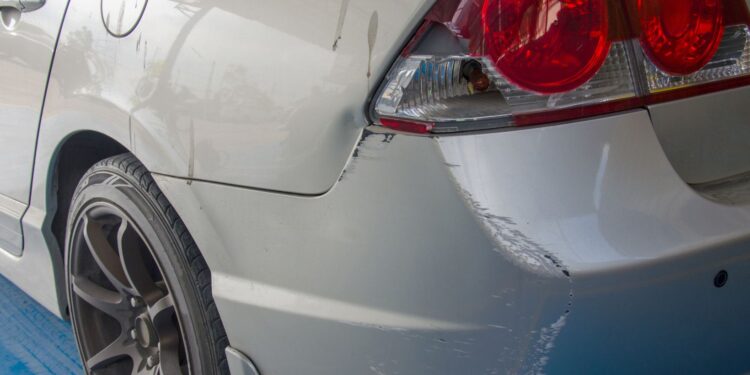Owning a car comes with its share of responsibilities, and one of the most significant ones is managing car damage. Whether it’s a minor dent or a more serious mechanical failure, addressing these issues promptly can prevent them from escalating into more expensive repairs. This guide will walk you through the different types of car damage, their costs, and how to navigate repairs or replacements while considering your insurance coverage.
Types of Car Damage and Associated Costs
Car damage can fall into a variety of categories, each with its own repair costs. Understanding the nature of the damage is essential for determining the best course of action.

- Exterior Damage: This category includes dents, scratches, and paint chips, which are the most common types of damage to a car’s body. Minor scratches or small dents might cost anywhere from $50 to $500 to fix, depending on the size and severity. Larger dents, however, may require repainting and can cost upwards of $1,000.
- Mechanical Issues: Mechanical failures, such as engine problems, transmission issues, or brake failure, often require professional assistance and can be quite expensive. The cost of fixing these can range from a few hundred dollars for minor issues to several thousand for more complex problems. A full engine replacement, for instance, can cost $3,000 to $7,000 or more.
- Electrical Issues: Modern vehicles are packed with sophisticated electrical systems. If something goes wrong with the wiring, sensors, or onboard computer, the cost of repairs can vary greatly. Depending on the issue, electrical repairs can cost anywhere from $100 to $1,500 or more.
Each type of damage will have a direct impact on your car’s value, and it’s important to address repairs quickly to maintain your car’s marketability and overall condition.
Damaged Auto Glass
One of the most common types of car damage is auto glass issues, particularly windshield cracks and chips. It’s not just an aesthetic problem; damaged auto glass can compromise your safety while driving. The good news is that many glass issues can be repaired without the need for full replacement.
- Repair vs. Replacement: Small chips and cracks (usually less than 3 inches in diameter) can often be repaired for as little as $50 to $150. However, if the damage is more extensive or located in a critical area, such as directly in the driver’s line of sight, a full windshield replacement may be necessary. A new windshield can cost anywhere from $200 to $500 or more, depending on the make and model of the car. For other auto glass, like side windows or rear windshields, the replacement cost can range from $150 to $1,000.
- Factors Affecting the Cost: The price of repairing or replacing auto glass can vary depending on factors like the car’s make and model, the type of glass required, and your location. Certain cars may have specialized glass that increases the cost of repair.
If you need assistance with cracked or damaged auto glass, consider reaching out to Exact Auto Glass who offer autoglass services. They can assess the damage and recommend the best solution based on the severity of the issue.
Insurance Coverage for Car Damage
When dealing with car damage, understanding your insurance coverage is key. Many car owners are not fully aware of what their insurance policy covers, which can lead to unexpected costs when repairs are needed.
- Types of Coverage: Typically, three types of car insurance may cover damages to your vehicle:
- Comprehensive Insurance: This covers damages from incidents other than collisions, including vandalism, natural disasters, or theft.
- Collision Insurance: This covers damage caused by collisions, whether you’re at fault or not.
- Liability Insurance: This covers damage you cause to someone else’s car but does not cover damage to your own vehicle.
- Deductibles: The amount of money you pay out of pocket before your insurance kicks in is called your deductible. The higher your deductible, the lower your monthly premium, but it also means you’ll pay more upfront when making a claim. Understanding how deductibles work is essential to making an informed decision about whether to file a claim.
When dealing with car damage, make sure to visit Nation West’s site for information on how insurance can help with your repairs and whether it’s worth filing a claim based on your situation.
When to Fix the Damage Yourself vs. Professional Help
While some minor car damage can be repaired at home, it’s often best to leave more serious issues to the professionals.

- DIY Repairs: Minor scratches or small dents that don’t affect the vehicle’s functionality can often be fixed at home with a little time, patience, and the right tools. For example, small scratches may be buffed out with rubbing compound, and paint touch-ups can be done with a matching color kit.
- Professional Repairs: Larger issues, such as mechanical failures, major dents, or windshield damage, require professional attention. Trying to fix these on your own could end up costing more in the long run, especially if mistakes are made that worsen the damage. When in doubt, it’s always safer to consult a professional to ensure the job is done right.
Cost Comparison: Repairing vs. Replacing
Sometimes, it may make more financial sense to replace a damaged car rather than repair it. The decision comes down to several factors, including the extent of the damage, the age of the car, and the cost of repairs.
- Repairing: If the damage is relatively minor and your car is relatively new or still has good resale value, repairing it may be the best option.
- Replacing: However, if your car is old and the repairs are costly, replacing it might be more cost-effective in the long run.
Consider the value of your car, the cost of repairs, and the potential cost of a new vehicle when making this decision.
Preventing Car Damage to Save Money
Prevention is often the best way to avoid costly repairs. By adopting good driving habits, regularly maintaining your vehicle, and avoiding risky situations, you can significantly reduce the likelihood of needing expensive repairs.
- Driving Habits: Avoid aggressive driving and be mindful of potholes, curbs, and road debris.
- Regular Maintenance: Keep up with routine maintenance, such as oil changes, tire rotations, and brake inspections, to prevent bigger issues down the road.
Conclusion
Car damage is an unfortunate reality of vehicle ownership, but by understanding the costs and options available, you can make informed decisions about repairs and replacements. Whether you’re dealing with auto glass issues, mechanical problems, or exterior damage, it’s important to weigh your options carefully, considering your insurance coverage and the potential costs of repairs versus replacement.
















